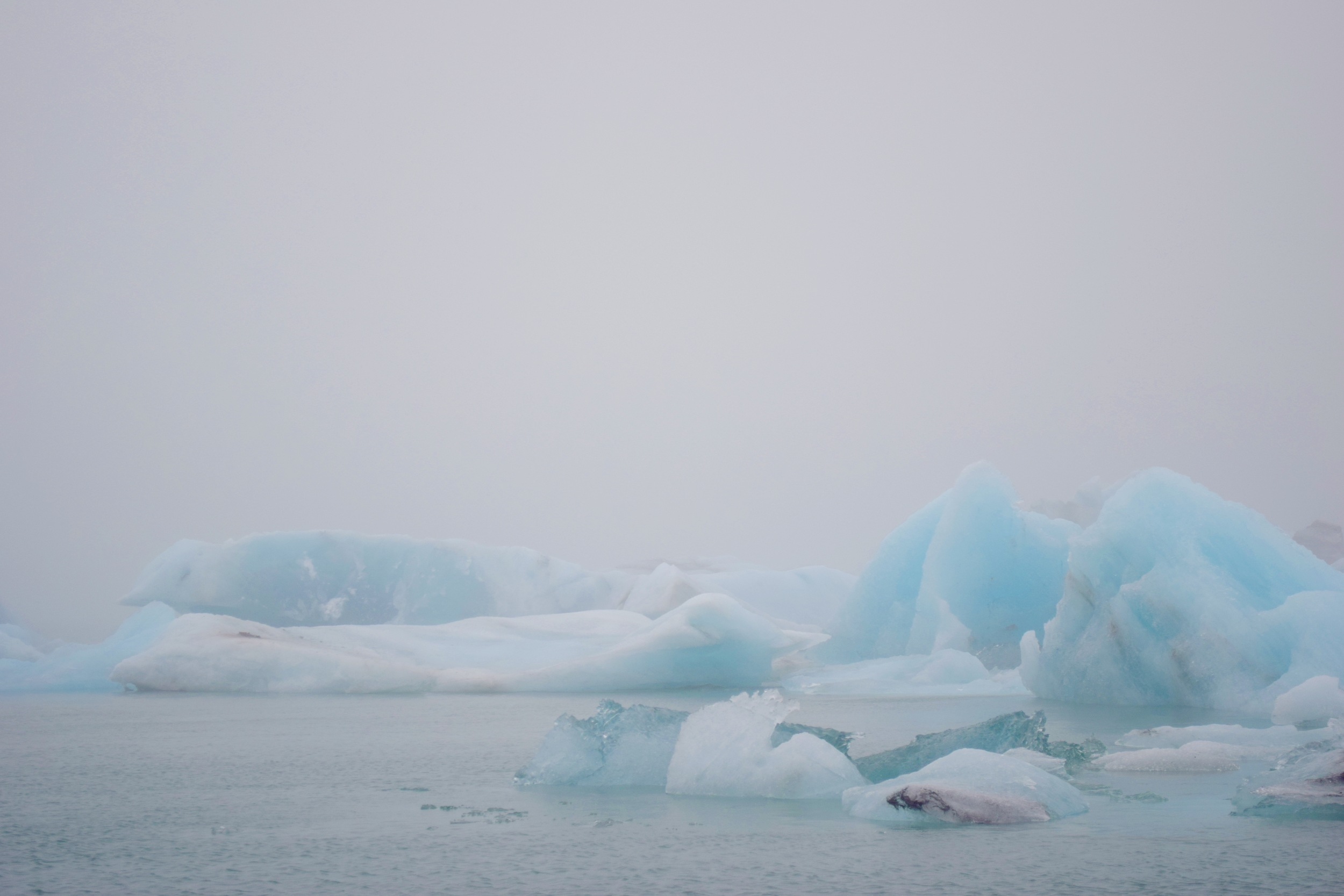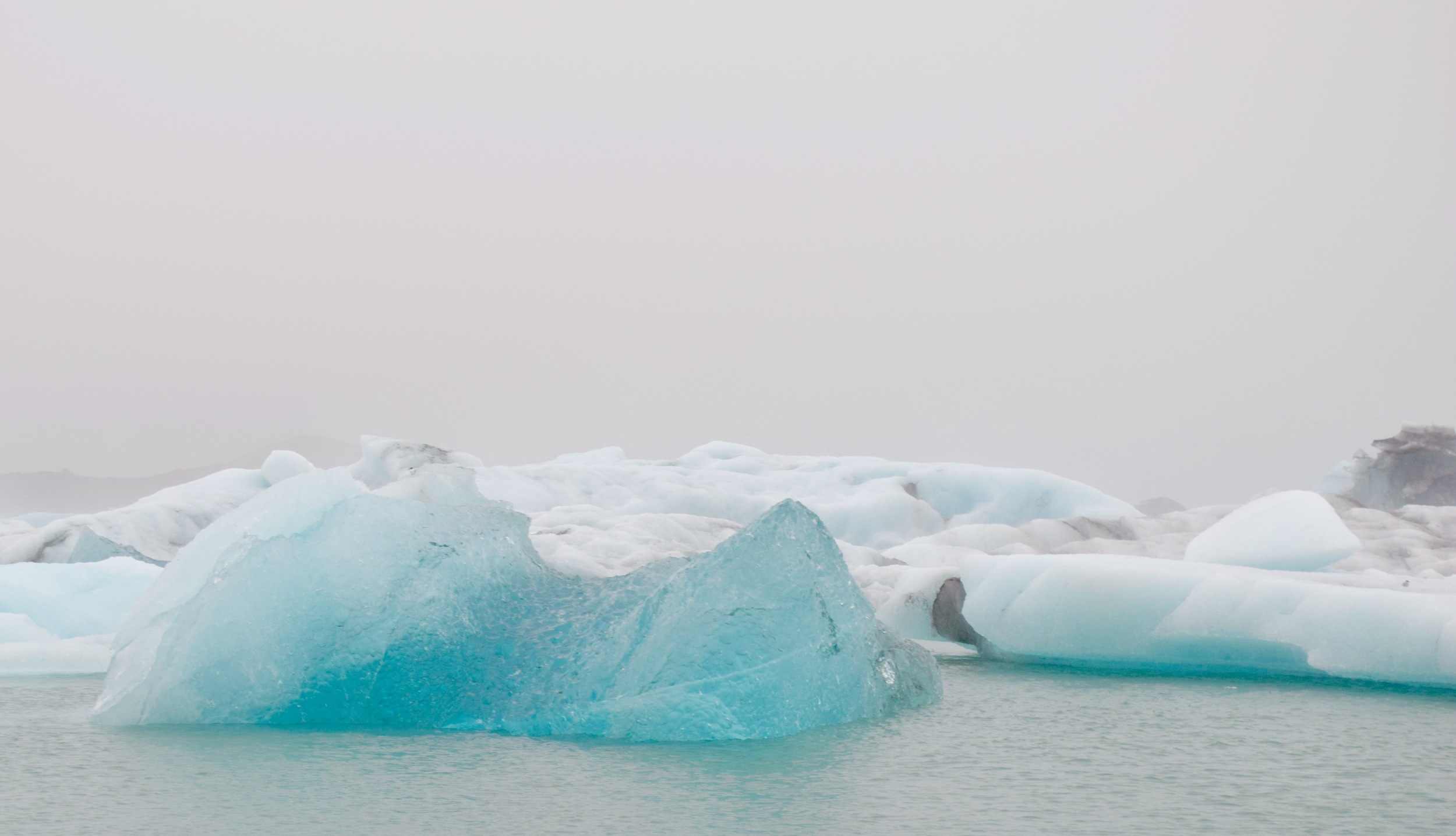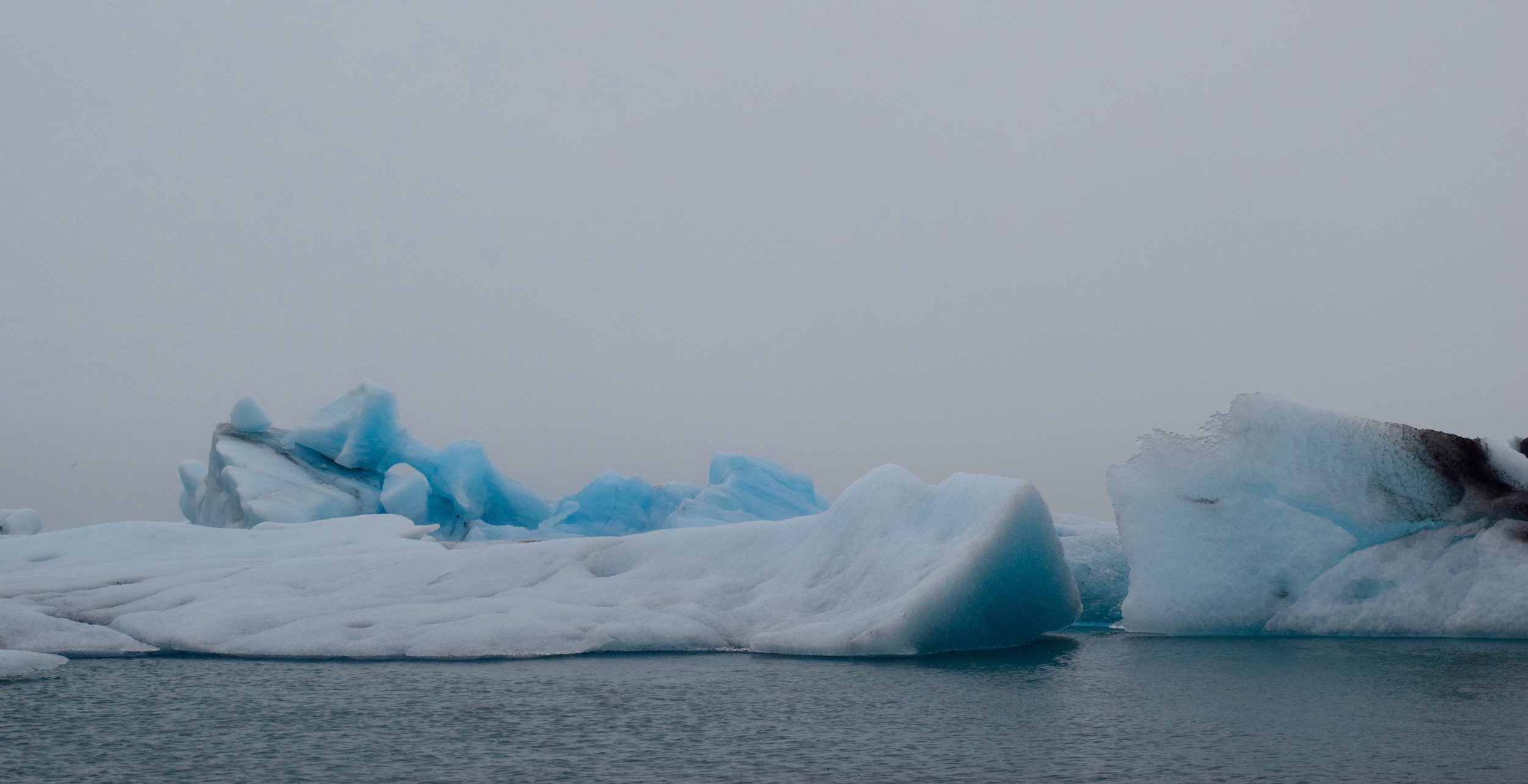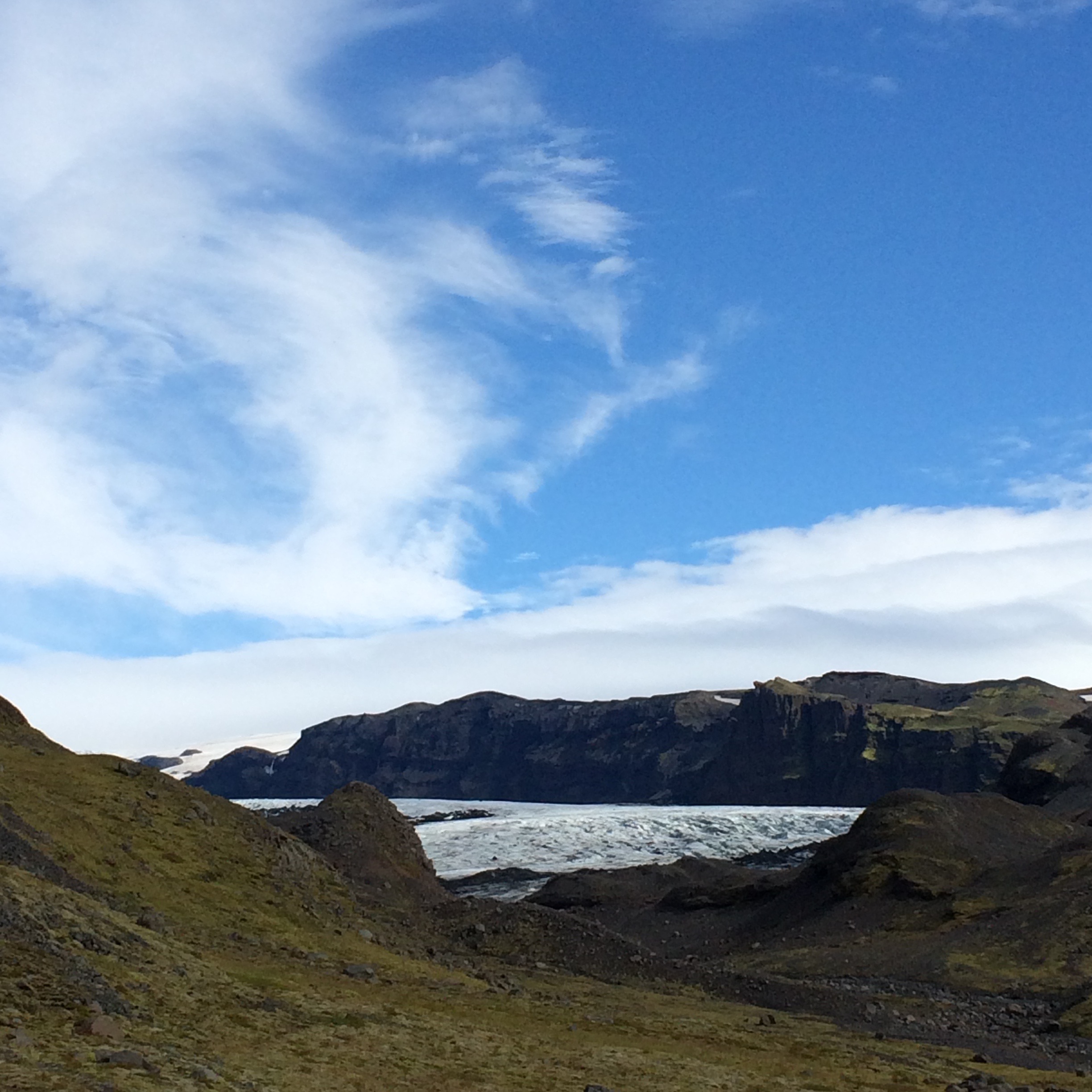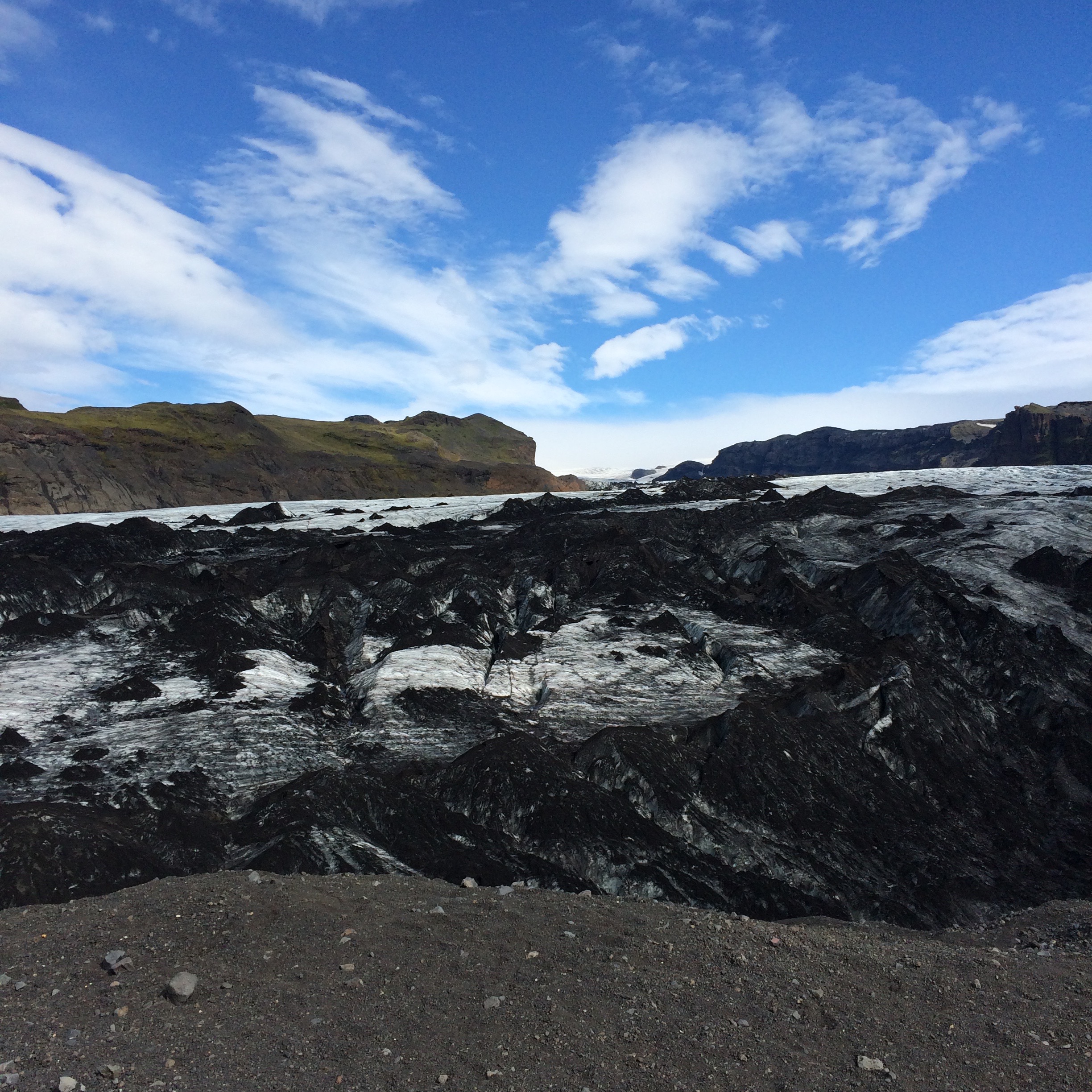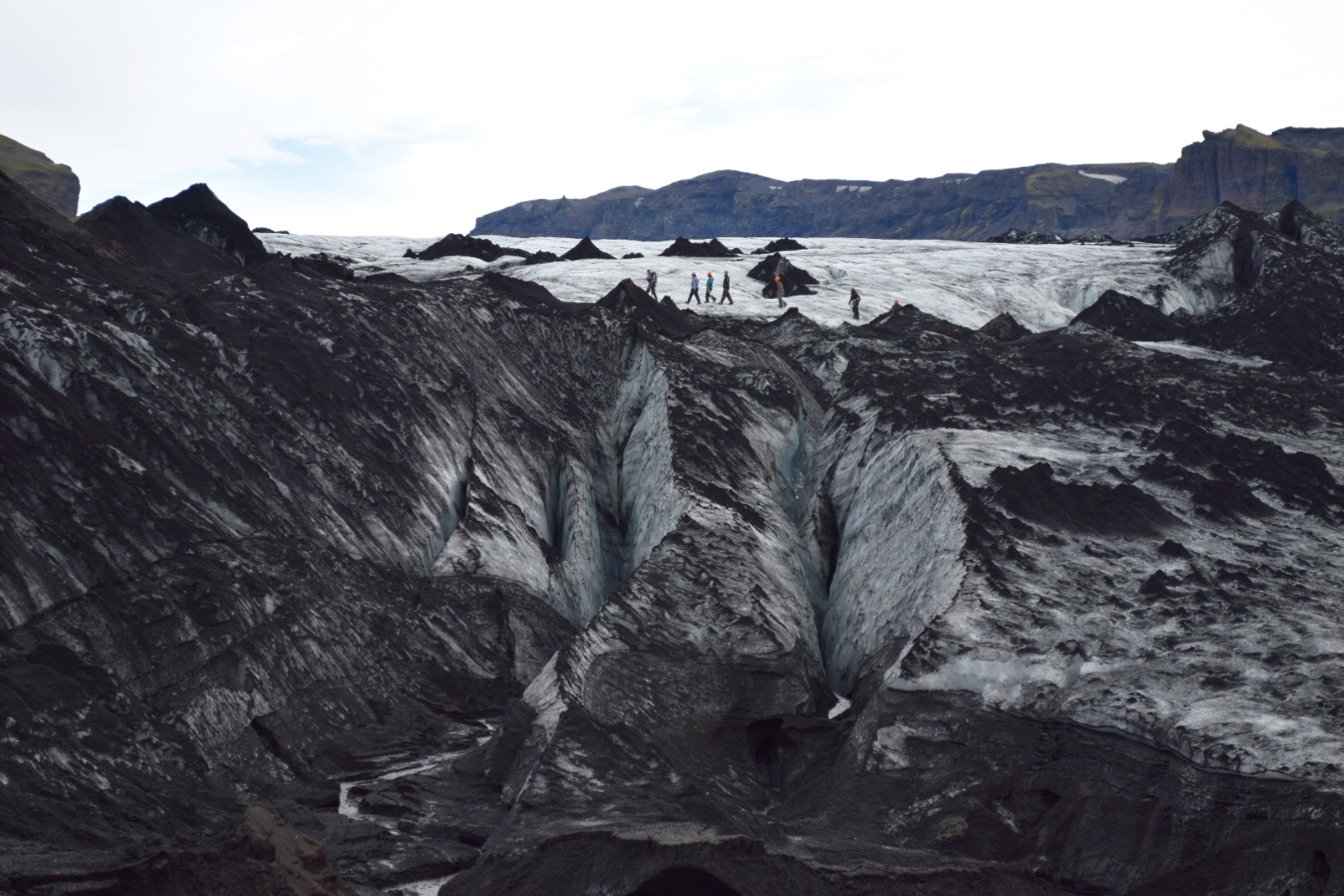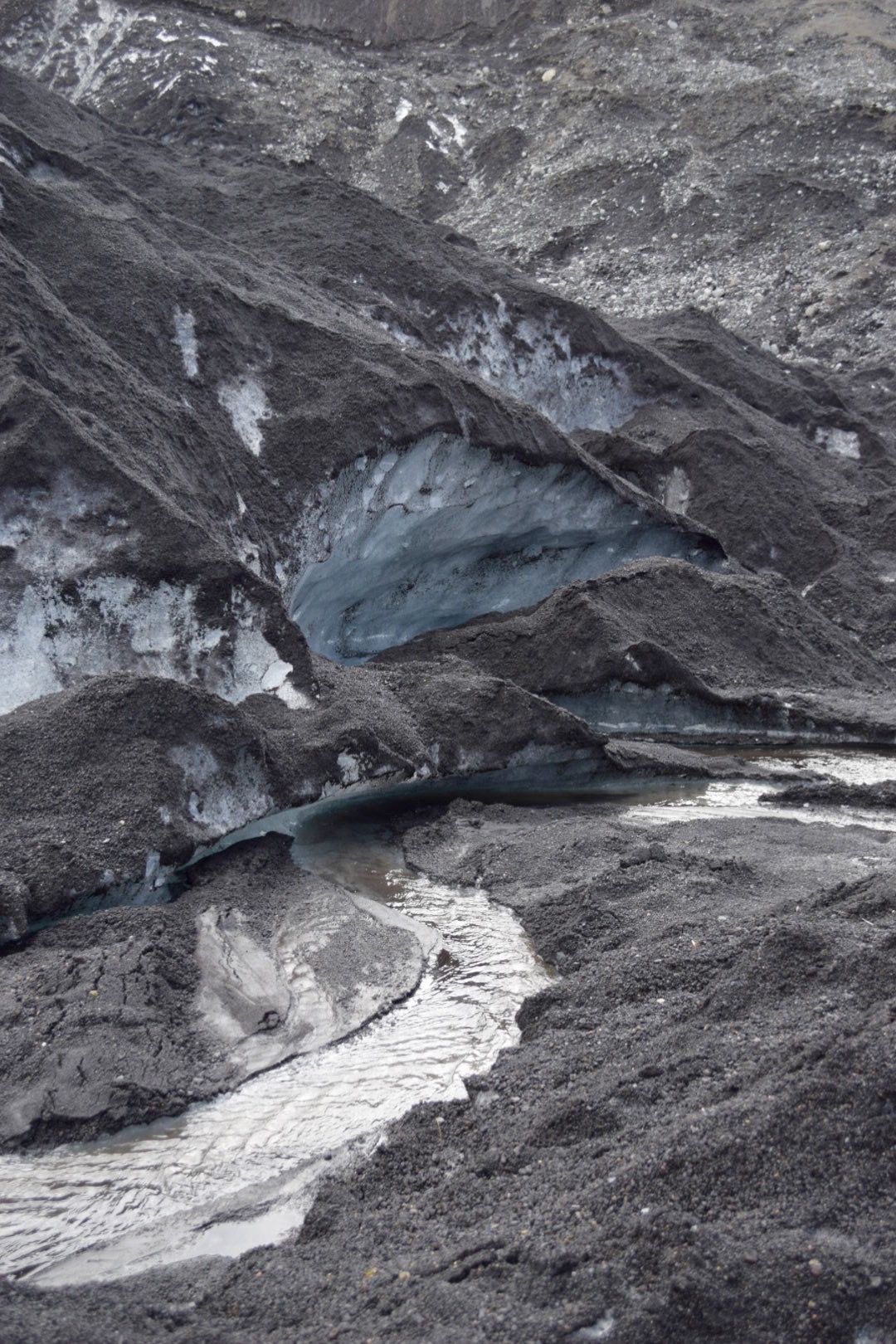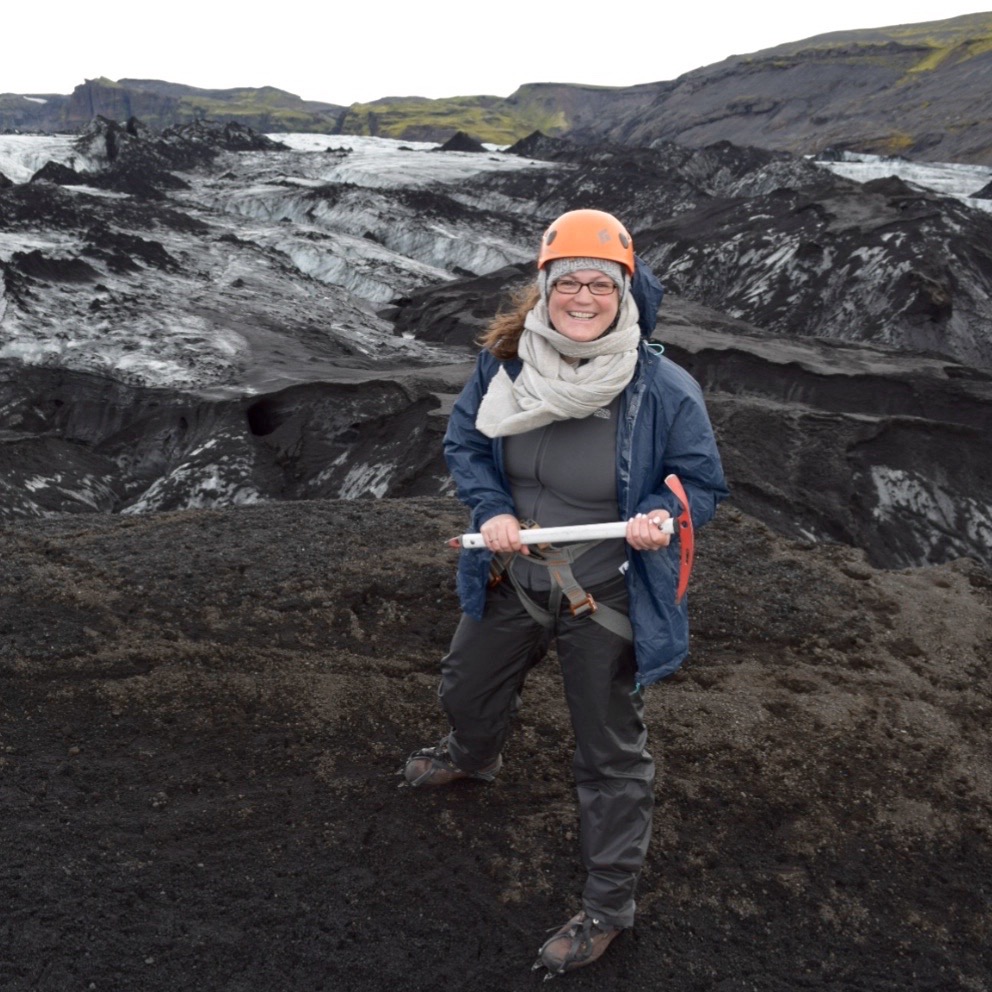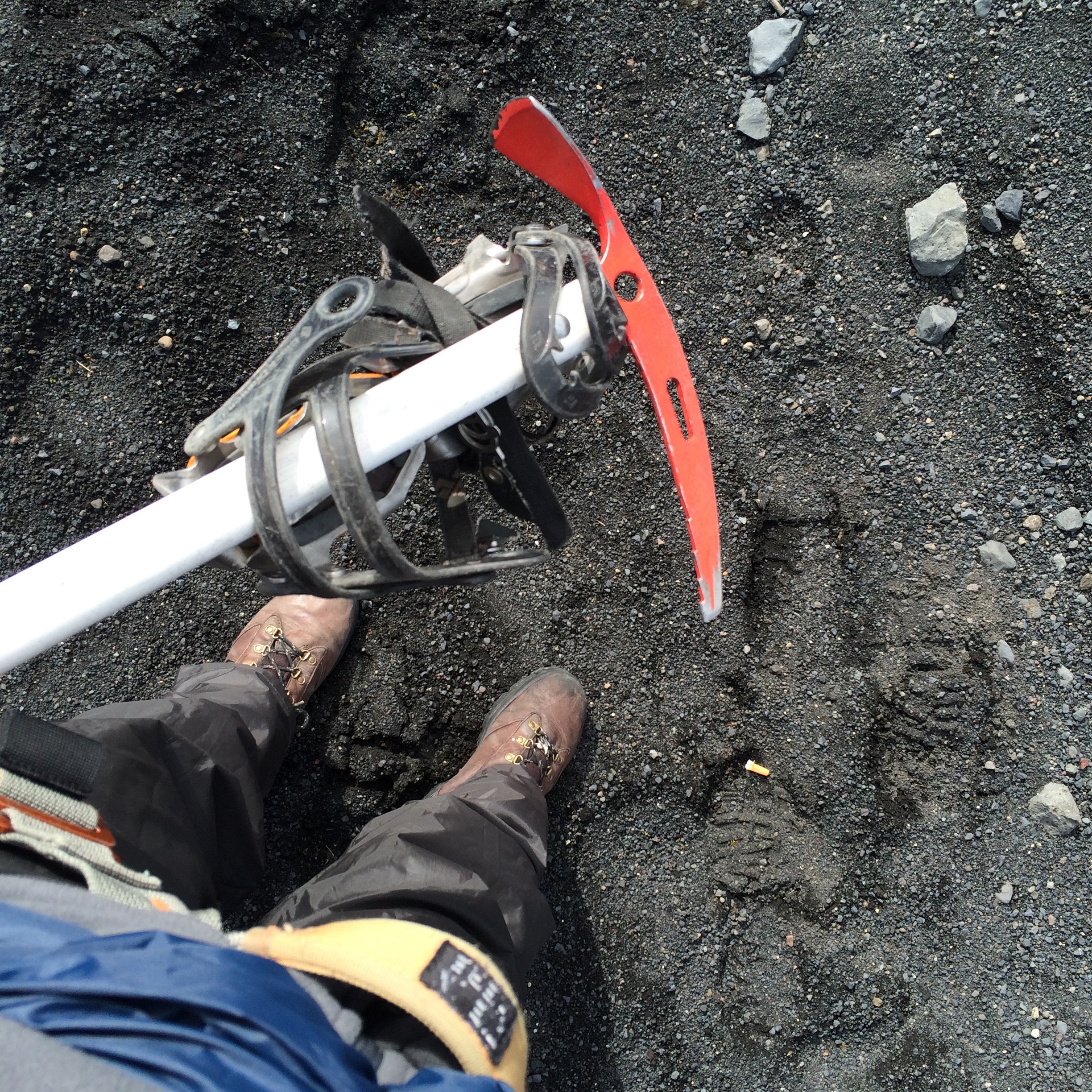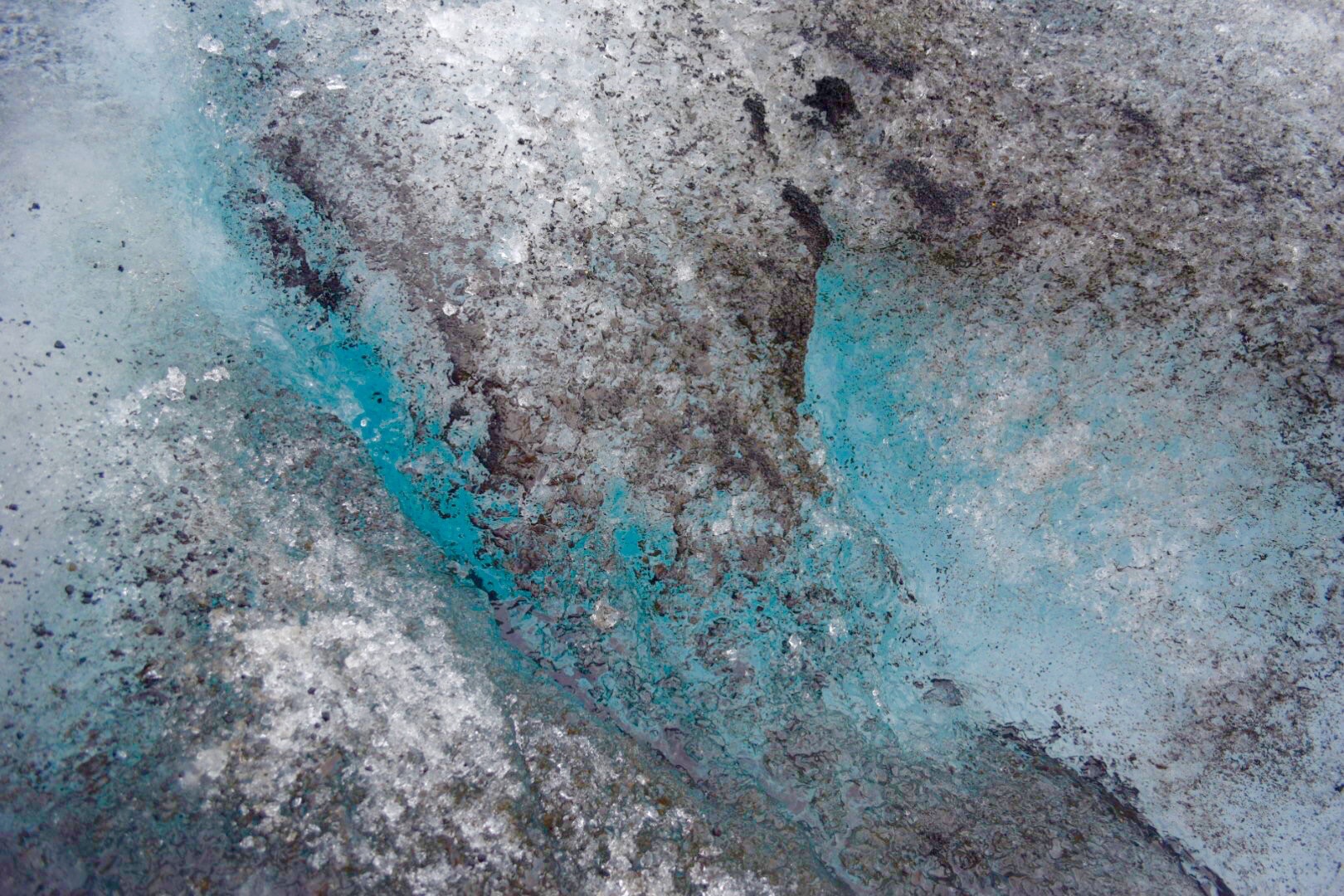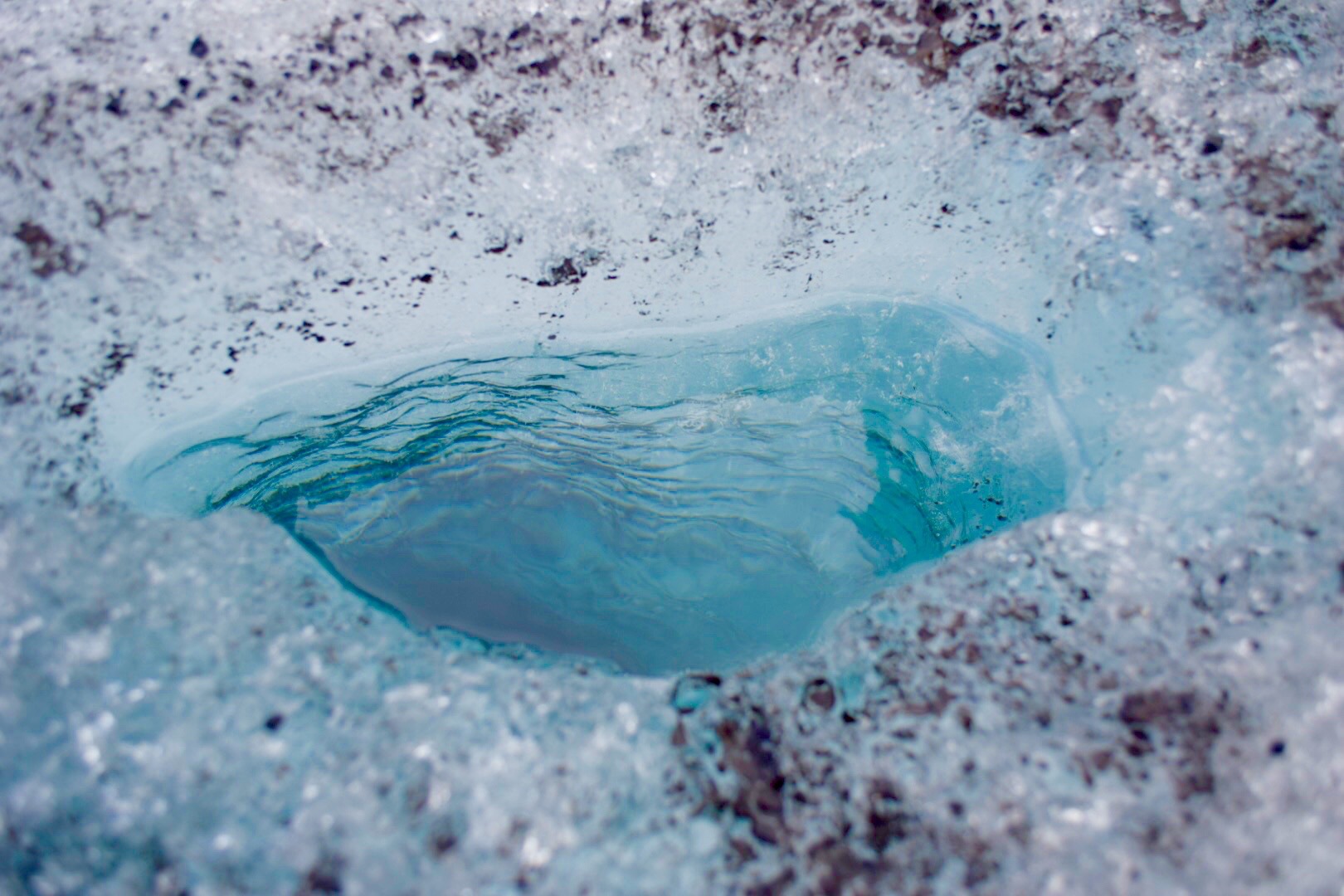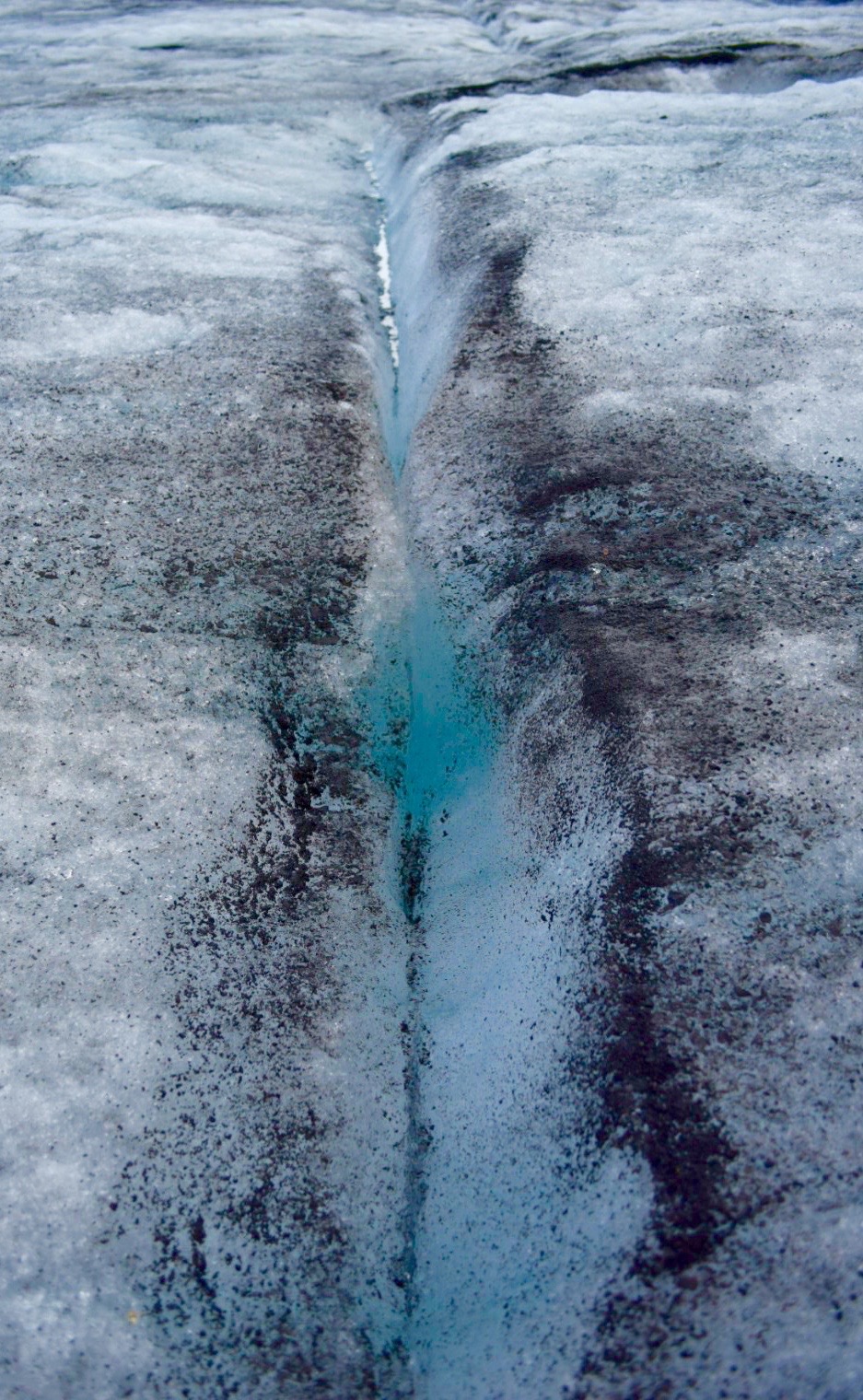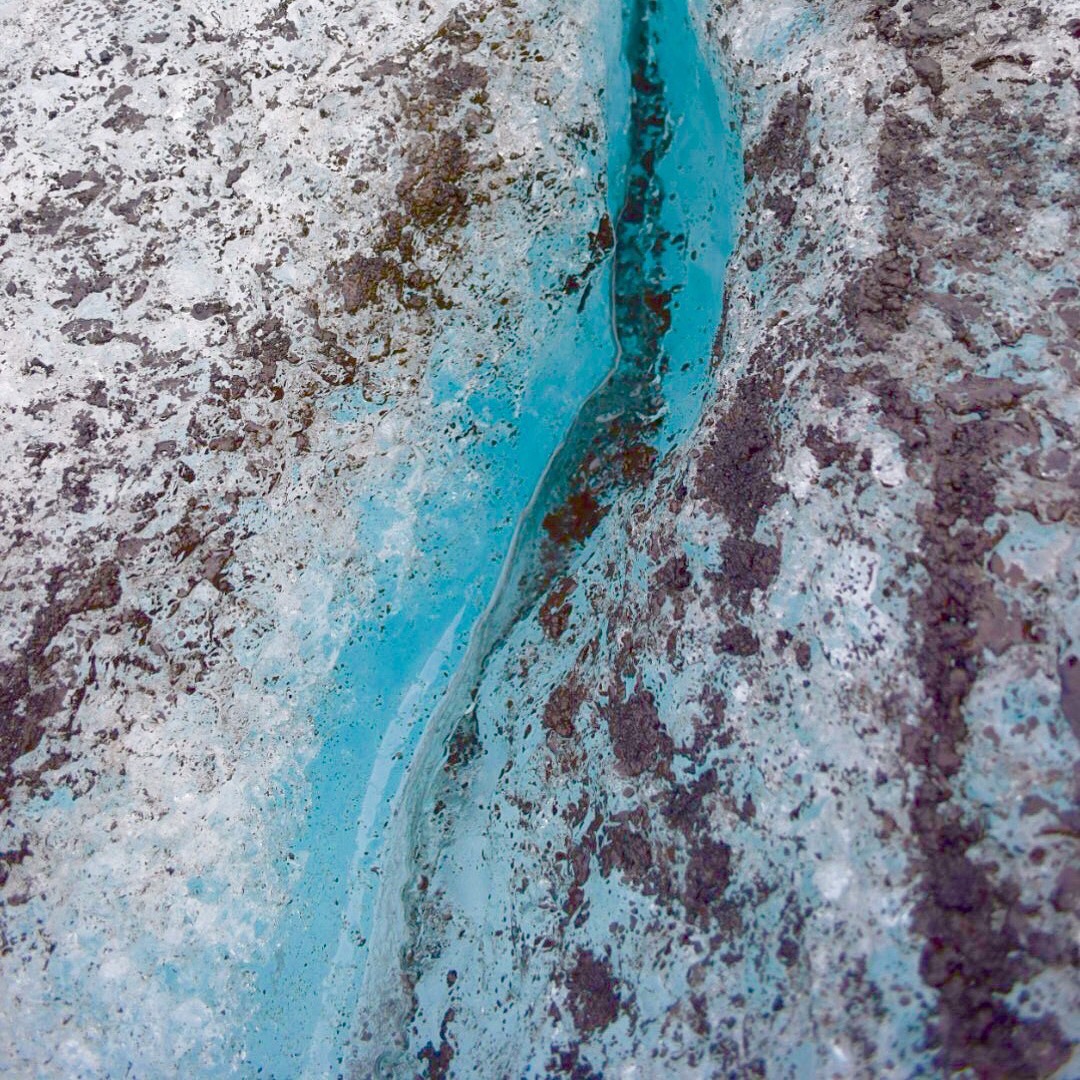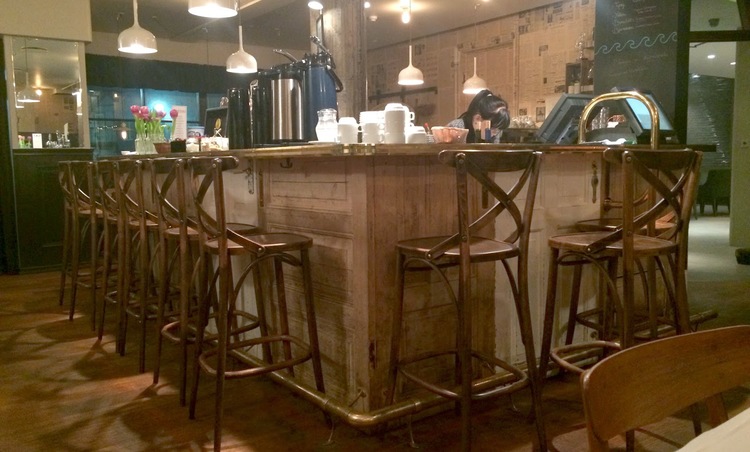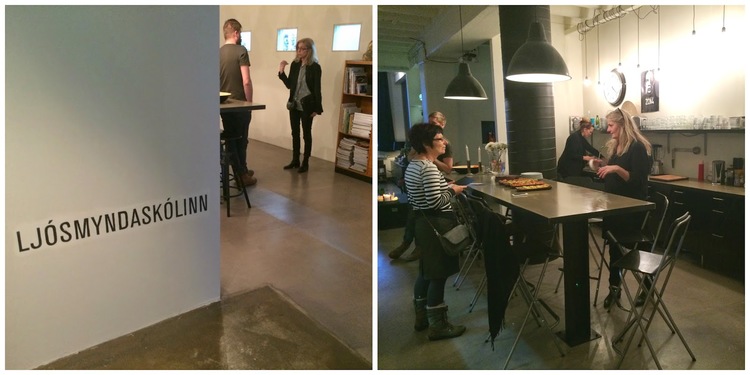Seljavallalaug Geothermal Algae Pool, Iceland
/I'm going to let you into a little secret, Seljavallalaug, the hidden pool on the south coast of Iceland, and I highly recommend you visit.
How to get to Seljavallalaug
It is not the most easily reached swimming pool you will ever go to but it's certainly not too challenging to get to. I've listed a few images from the walk below, and maps above, which will hopefully help you find your way. It's a 10-15min walk, pretty easy, the only difficulty is crossing the river but honestly, it's pretty shallow and you are only running the risk of getting wet feet in the icy cold water (maybe bring a spare pair of socks and shoes).
We drove along Highway 1, the main highway ring road filled with sightseeing tourists, waterfalls, volcanos, and much more on the south coast of Iceland. We passed through Selfoss, Hella and Hvolsvöllur on the way from Reykjavik. Head towards Ásólfsskáli and Holt, look out for the Eyjafjallajökull Erupts exhibition (run by a local farmer) on the right and the turning is shortly after on your left, I think it is the second road. Road 242 acts as a loopback onto Highway 1, take this road and drive halfway up. You will see a small track which leads straight up towards the mountains, go up this road and it will take you towards the valley and the newer pool opened in 1990. Park here, and leave your valuables safely in the car, and start walking up through the valley and upriver (image 3) to the old pool for a very special swim.
After a few minutes, you will reach an open area, like a dry river bed, (image one) walk straight through that and you will come to the river (image two) which you need to cross. We crossed on the stepping stones laid by previous visitors and added some more on our way back. It was fine, no issues but this might be different depending on the weather. From here it's easy, walk a few more minutes along the river’s edge and not up the hill, you will see the pool just around the hillside (image five).




What’s Seljavallalaug like?
It is basic but it's absolutely adequate for the experience. You can change in the small white building at the end of the pool. It offers three rooms with a bench and some coat hooks. It’s very basic, cold, and often damp so you will want to be in and out quickly. There might be a queue so have a quick check to see if anyone is lurking in the pool keeping warm but ready to jump in front of you in the wait for a free room. There are no showers or toilets so it’s a case of stripping down to your swimming stuff and enjoy the pool before braving the cold when you get out and get changed. You might want to bring a couple of towels to wrap yourself in and maybe a pair of flip-flops if you don't want to walk barefoot around the algae poolside. Other than that, it’s pretty much not been touched since it was built which makes for a very authentic and beautiful experience.



Swimming at Seljavallalaug
One of the oldest pools in Iceland, built in 1923, this man-made pool was originally built to teach local children how to swim as part of compulsory education from 1927. 25m long and 10m wide, Seljavallalaug was the largest pool in Iceland until 1936. It might look a bit ominously green but trust me, it’s all good and the water is lovely and warm from all that Icelandic geothermal heat. Either jump in at the end by the white wall where it’s deeper than you can stand or use the ladder by the changing rooms and take it slowly. The floor of the pool is obviously going to be slimy, I believe it is cleaned annually by volunteers in the summer, so just get on with swimming in this unique 25m pool...lie back, enjoy the view and warmth of the water, and think of the beauty and health benefits of bathing in algae.



What a setting, it’s pretty unique.


An amazing experience and a very special place that not many people either know of or make the effort to find. If you go, please do make a donation to help maintain and preserve Seljavallaug.






